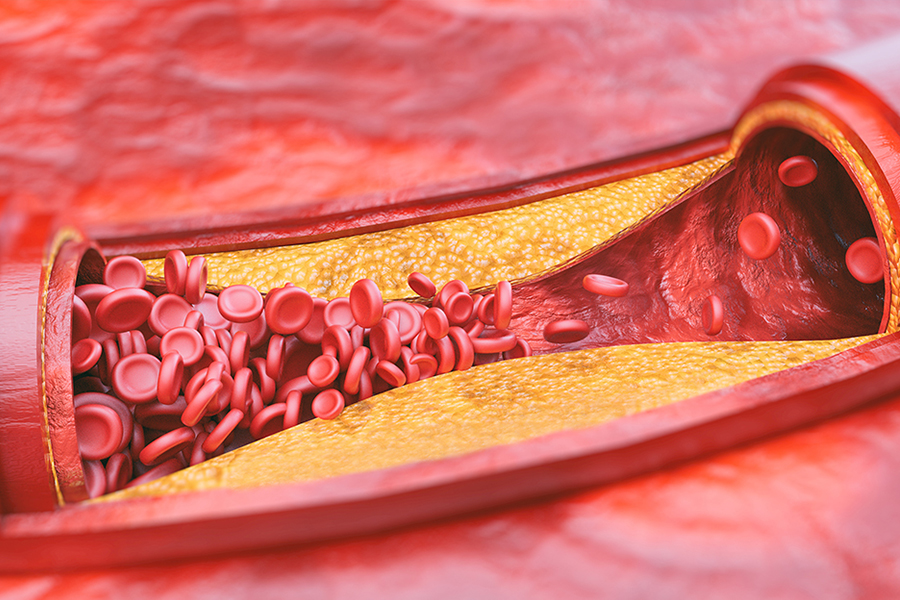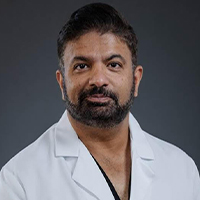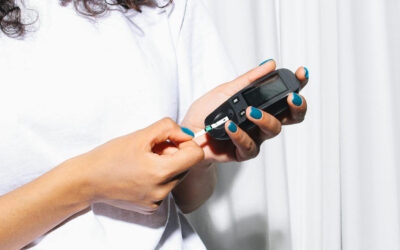Treatment for PAD
Our treatment for Peripheral Artery Disease is minimally invasive, less painful, safer, and offer a lower risk of side effects compared to bypass surgery.
Minimally Invasive
Shorter Recovery Time
Fewer Complications
The Peripheral Artery Disease Solution
Discover why patients are choosing these FDA-approved alternatives to open surgery for treating PAD.
If you’ve been diagnosed with peripheral artery disease (PAD), you may have been told that peripheral artery bypass surgery is your only treatment option. However, did you know that there are FDA-approved non-surgical alternatives currently available to successfully treat PAD?
Treating PAD with Interventional Radiology
Treating peripheral artery disease (PAD) with interventional radiology (IR) is a minimally invasive approach that uses radiological image guidance to precisely target and treat the condition. Interventional radiologists are doctors who are specially trained to perform these types of procedures.
When treating PAD, each patient is evaluated and the treatment approach is individualized for the patient circumstances. The three most common IR treatments for PAD are angioplasty, stenting, and atherectomy.


Minimally Invasive IR Treatments for PAD
Angioplasty uses imaging guidance to insert a catheter into a blocked or narrowed artery. The catheter has a tiny balloon on its tip that is inflated to push plaque against the arteries walls, widening the path for blood flow.
Stenting uses imaging guidance to direct a balloon catheter and then a stent to the site of the blockage. The balloon is inflated to open the blockage and then deflated and removed, leaving the stent in place to keep the artery open.
Atherectomy uses imaging guidance and a catheter specially designed to remove plaque and collect it in a chamber in the tip. This allows removal of the plaque as the device is removed from the artery. Atherectomy may be used alone or in combination with balloon angioplasty to facilitate the placement of stents.
Faster Recovery. Greater Comfort.
Recovery from IR treatment is much faster than invasive surgery because there is no incision to heal or stitches to be removed. The risk of bleeding and complications is lower than with invasive surgery.
Compare that to bypass surgery, which often requires long surgical incisions, a 3 to 7 day hospital stay, and 6 to 8 weeks for full recovery. Leg bypass surgery carries significant risks including heart attacks, blood clots, infections, and even death in 2-3% of patients.
You can usually begin normal activities again several days after the procedure. Your doctor will provide specific guidelines for your recovery. Complications are rare for those who adopt a healthy lifestyle.


Why Choose Washington Vascular Specialists?
At Washington Vascular Specialists, we are at the forefront of the latest interventional radiology procedures that provide an effective alternative to surgery with minimal recovery time. Our
teams of interventional radiologists are board-certified and have extensive experience and success using these minimally invasive techniques to treat patients with a variety of disorders.
We use state-of-the-art equipment to provide the best in patient outcomes and care in a safe and comfortable environment. If you are suffering from DJD and are looking for an effective and
non-invasive treatment option, we recommend that you schedule a consultation with one of our experts to discuss GAE.
Get your questions answered and discover if Interventional Radiology is right for you.

Salman Mufti, MD
Vascular Surgeon
Dr. Salman Mufti is a graduate from Rutgers University Medical School in NJ graduating with the highest honors and a former Edward J. Bloustein Distinguished Scholar. Dr Mufti is performing new cutting edge treatments that involve minimally invasive procedures.



